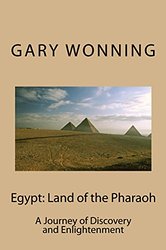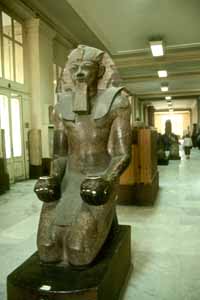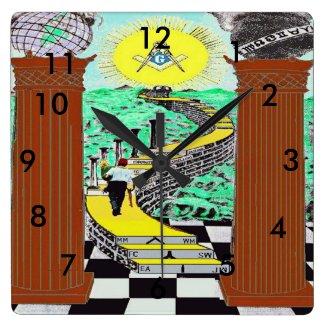
Mysterious Egypt, land of a thousand years
Written by Gary Wonning
The Cairo Museum.
A person could spend a week in the Cairo Museum and not see everything.

Ramses two in Cairo Museum
Located in the heart of Cairo and despite the horrendous traffic, visiting it is time well spent and the experience of a lifetime.
On display in this building is found some of the most amazing artifacts man has ever seen. Herein contained are objects from ancient Egyptian history dating back as far as 5,000 years. If you are planning on visiting Egypt, plan on spending as least three days in this incredible building.

World famous Cairo Museum
Not one who is normally fascinated with museums, I was blown away by what I saw. Objects are on display from practically every dynasty and era of Egyptian history.
Gary has been a writer/photographer for over thirty years. Specializing in nature and landscape photography, while studying native cultures.
His travels have taken him to most of the United States, as well as Australia, Belize, Egypt and the Canary Islands.
He has studied the Mayan culture of Central America and the aborigines of
Australia. Photography has given him the opportunity to observe life in various parts of the world.
He has observed that many of the forgotten cultures had spiritual beliefs that were stronger than ours in modern times.
In technology, we have made advances far superior to those that came before us, but, we have lagged behind in gaining or maintaining our spiritual knowledge.
For us to advance as the human race, we need to combine the spiritual knowledge of those that came before us, not only that of the ancients but the knowledge of our direct ancestors as well, with the technical knowledge we have today for us to propel into the twenty-first century and beyond.
He has published several books about his adventures.
For more information, please consult his website,www.journeysthrulife.com.






